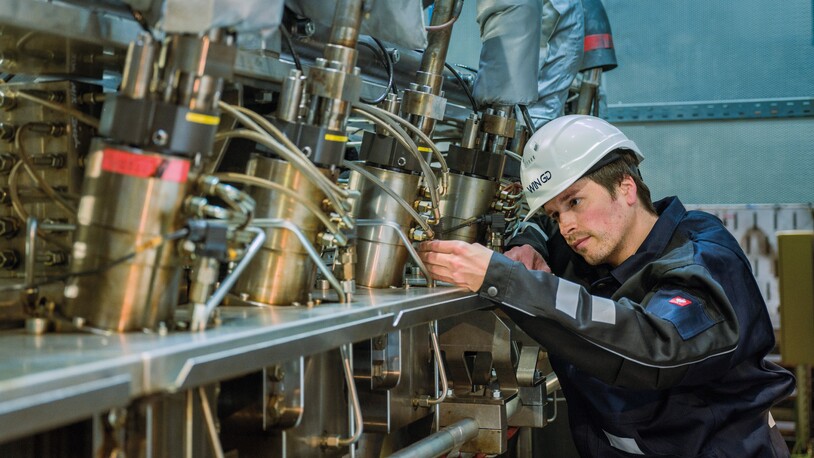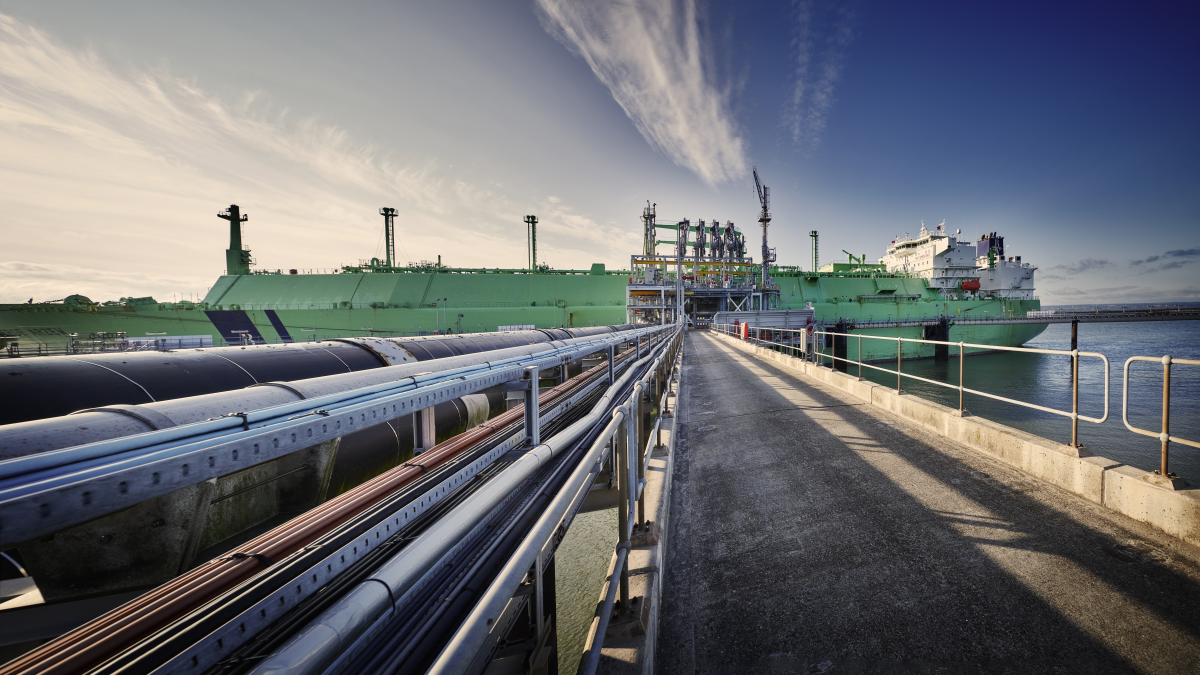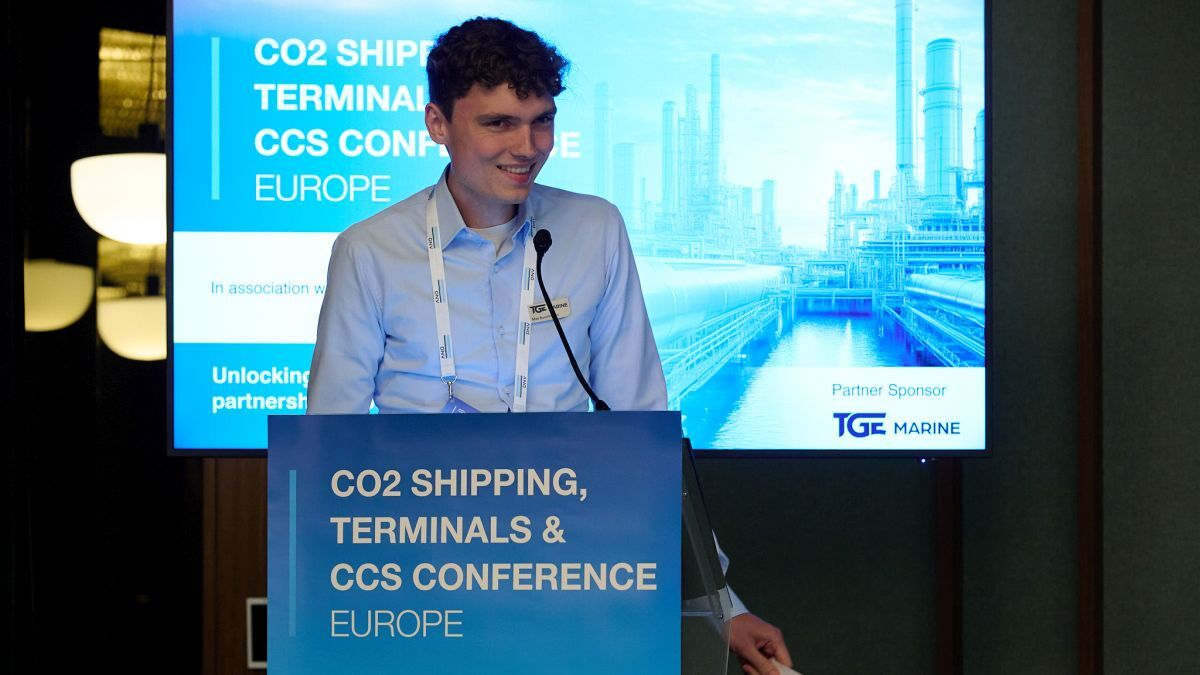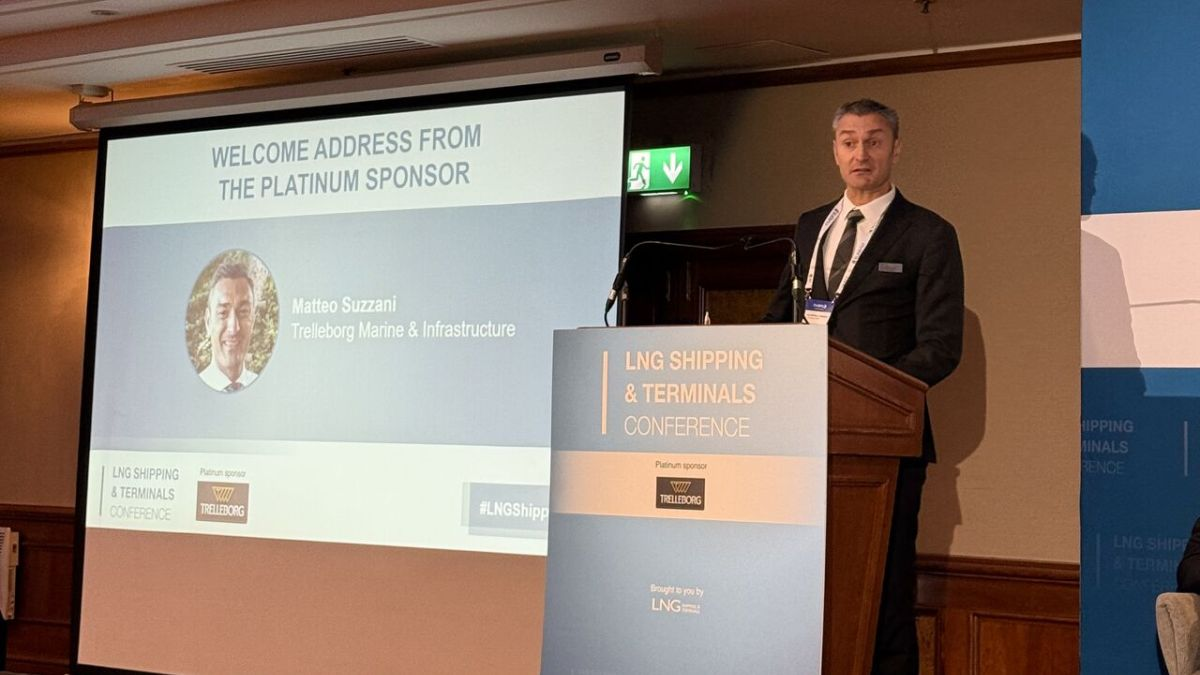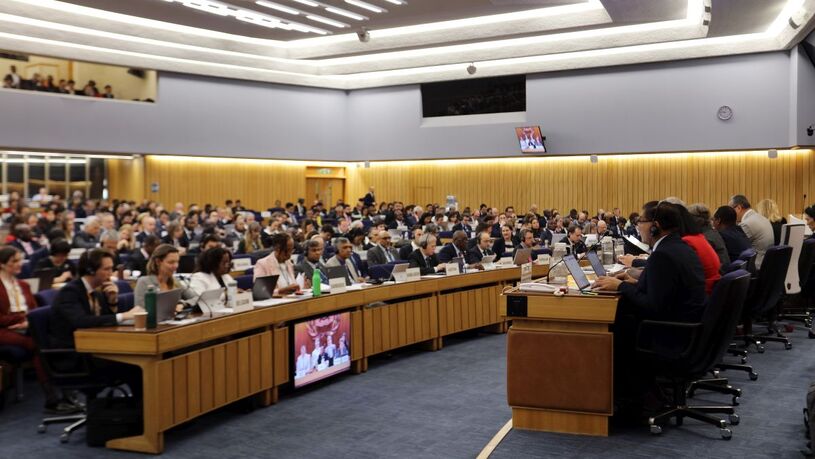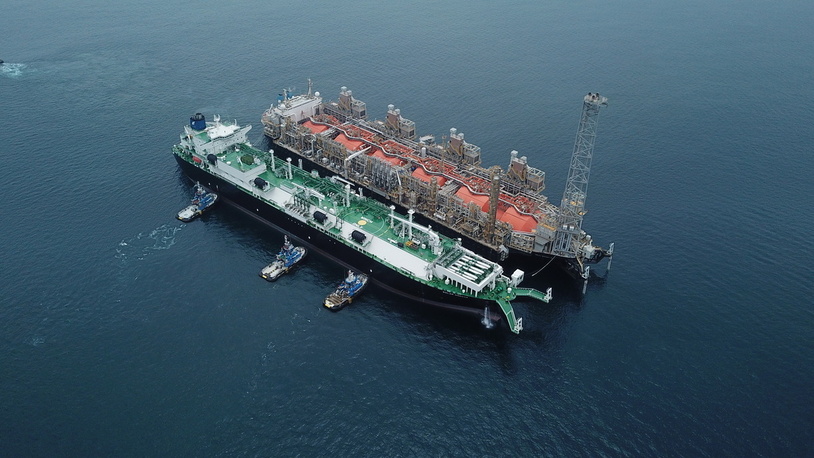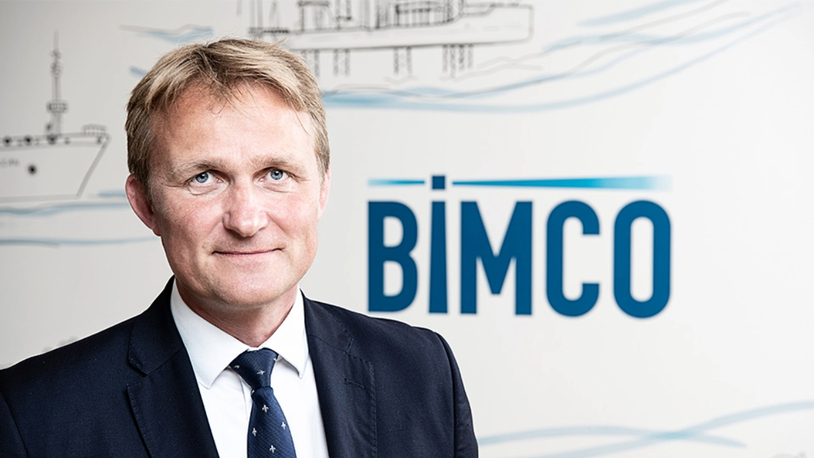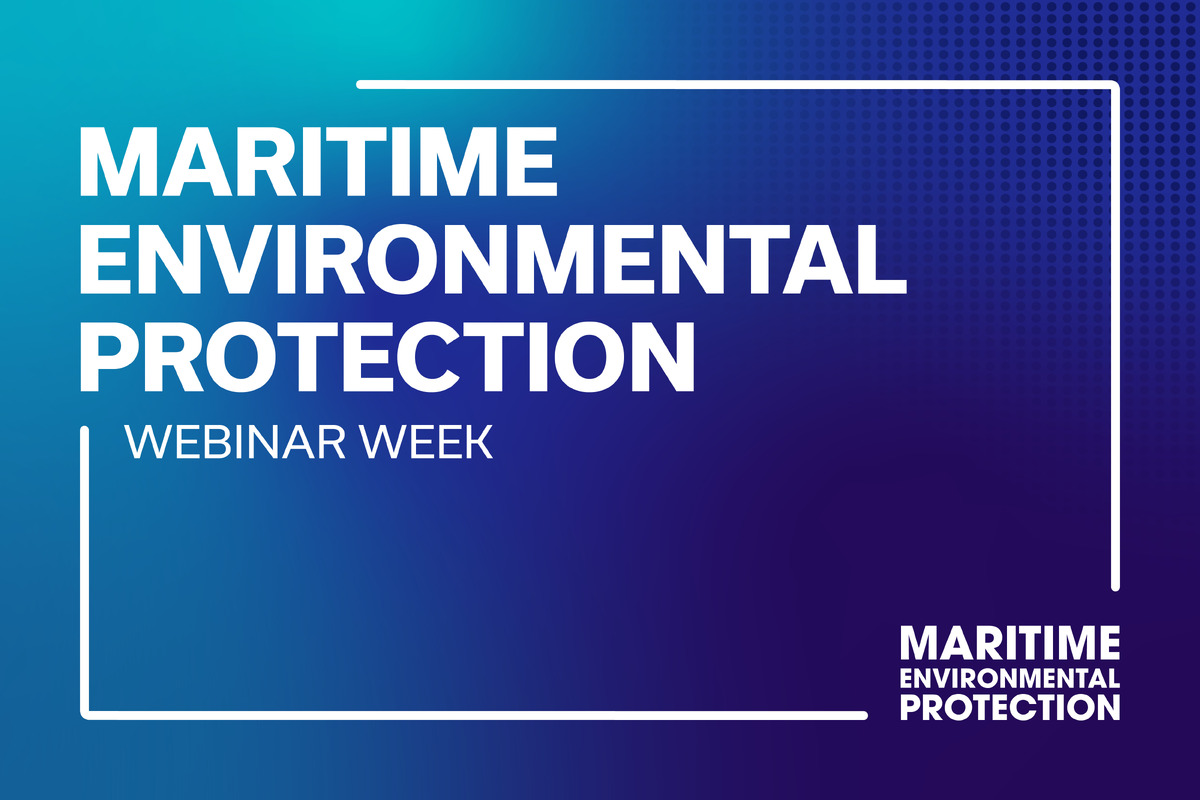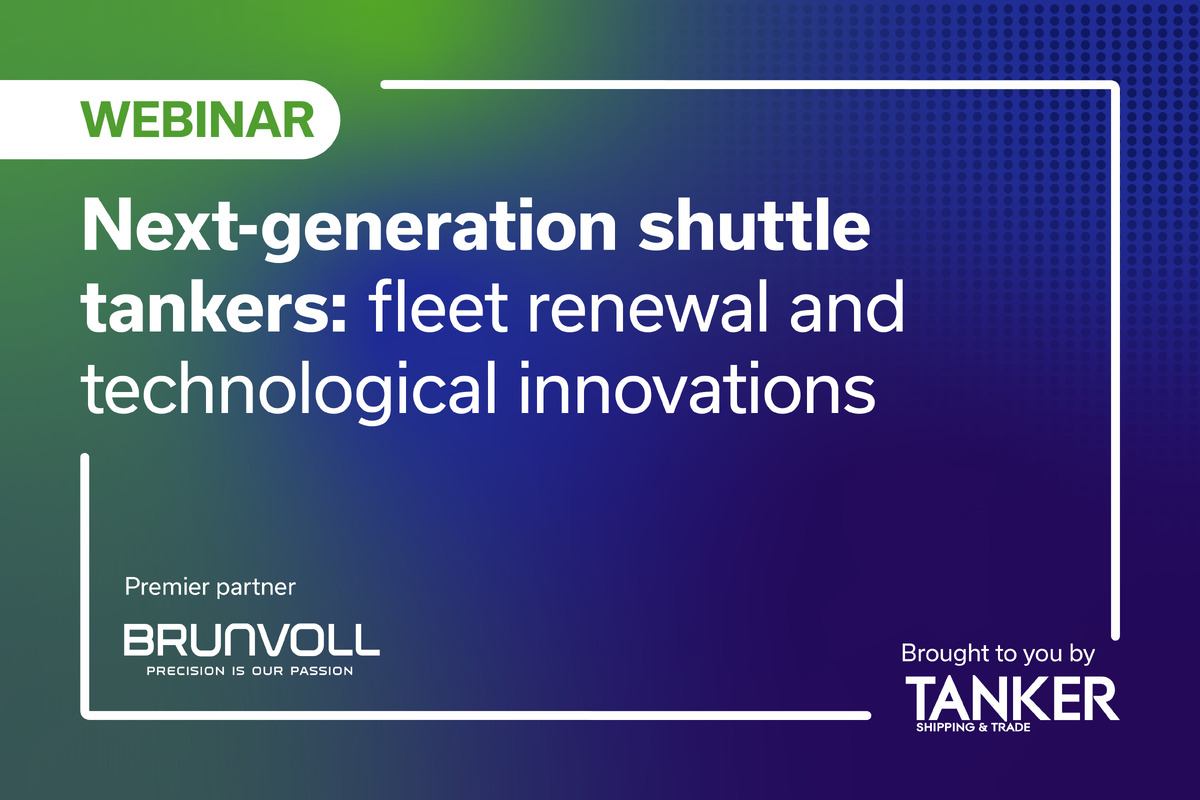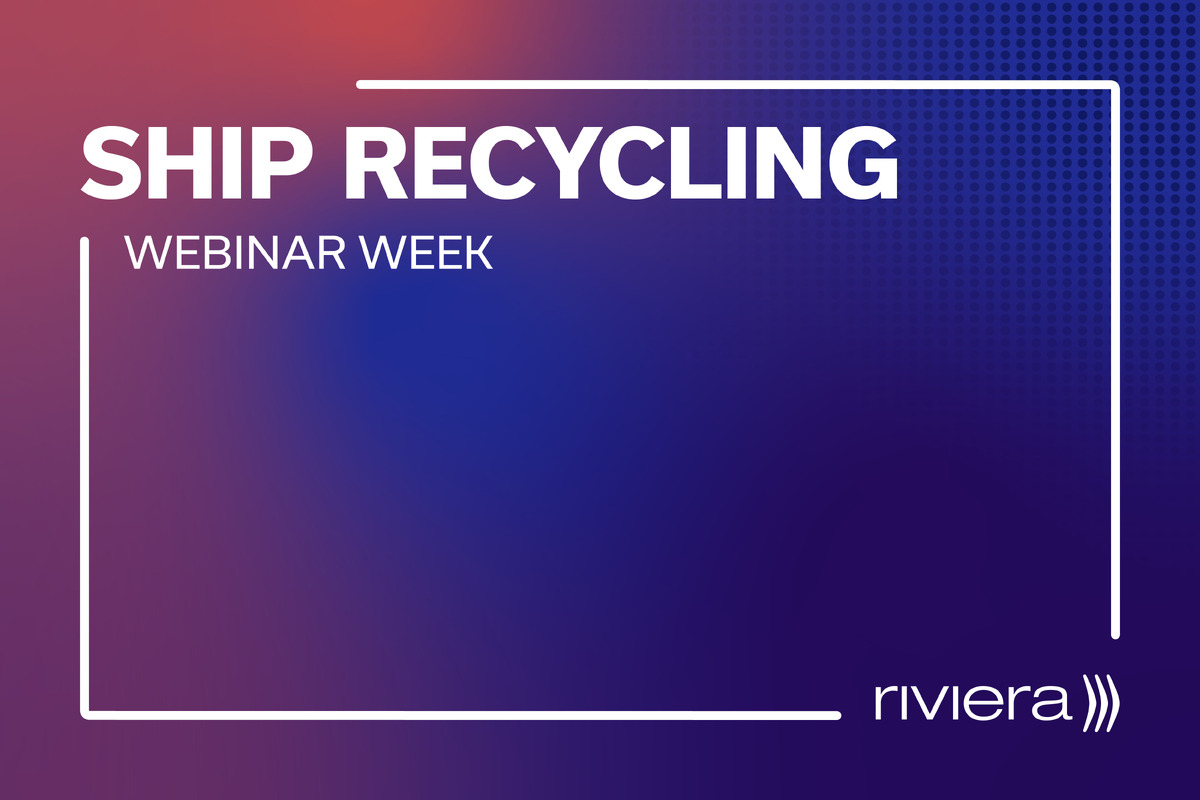Business Sectors
Events
Marine Coatings Webinar Week
Contents
Register to read more articles.
SIRE 2.0: A new chapter in maritime safety
Scorpio Group group quality auditor and trainer, Ozgun Altintas, examines how the SIRE 2.0 programme strengthens maritime safety
After several decades of service at sea and now in a role as a marine auditor, I have witnessed the distinction between superficial compliance — what might be termed “paper safety” — and genuine safety, which is embedded in crew behaviour, onboard culture, and leadership ethos. The transition to SIRE 2.0 marks a significant development in tanker safety oversight, as the system shifts from being a compliance-driven audit to a proactive tool that provides insight into behaviour and cultural readiness.
Rather than superseding existing safety frameworks, SIRE 2.0 enhances and complements them. The foundational principles of the ISM Code, the ISPS Code, and the Maritime Labour Convention (MLC) remain intact, but SIRE 2.0 deepens their application by observing how they function in day-to-day shipboard practice.
Traditionally, the Ship Inspection Report Programme (SIRE) operated as a snapshot assessment — a one-day audit in which an inspector reviewed documentation, equipment functionality, and procedural compliance. While effective to a point, this model rarely provided insight into latent risks or the operational realities of shipboard life.
Under SIRE 2.0, however, the emphasis has shifted from static documentation to dynamic operations. The focus is now on real-time assessment of how the ship functions as a living system. Inspectors look beyond whether a procedure exists to how well it is understood and enacted. Is the crew aware of the rationale behind their safety-critical tasks? Is leadership actively engaged during drills and routine operations? How do seafarers respond to unexpected scenarios or non-standard questions?
This is not an effort to catch crews unprepared. On the contrary, it is a methodology designed to uncover authentic safety behaviours and create opportunities for early improvement — before incidents or deficiencies arise.
“Rather than seeing the human element as secondary, SIRE 2.0 places it at the centre of vessel performance and safety”
The alignment between SIRE 2.0 and the International Safety Management (ISM) Code is particularly strong. The ISM Code requires the implementation of a Safety Management System (SMS), yet this system only adds value if it is embedded in daily practice, rather than archived in manuals. SIRE 2.0 supports this by directly observing the crew’s comprehension and application of the SMS. It assesses leadership performance — especially from senior officers such as Masters and Chief Engineers — and evaluates behavioural indicators such as situational awareness, toolbox talks, Stop Work Authority, and the quality of safety feedback culture.
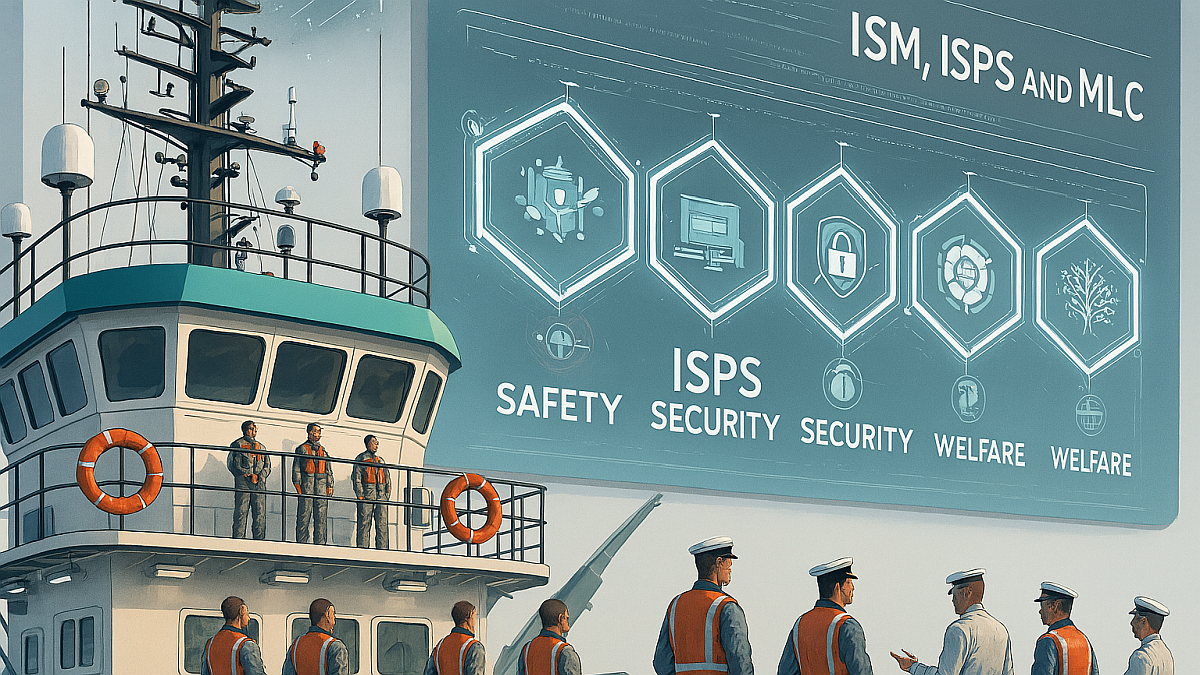
In this respect, SIRE 2.0 transforms the ISM Code from a document-based requirement into a living management system. For auditors, the inspection no longer revolves around procedural adherence alone, but serves as a measure of how effectively safety is led and practised on board.
The application of SIRE 2.0 to the International Ship and Port Facility Security (ISPS) Code also moves security from a static compliance checklist to a dynamic system of awareness and response. Under the conventional ISPS approach, inspectors typically reviewed drills, visitor logs, access control measures, and security documentation. SIRE 2.0 goes further by examining behavioural security: how actively the crew recognises and responds to potential threats, how engaged the Ship Security Officer (SSO) is with daily onboard activity, and whether access control procedures are genuinely adhered to when inspections are not imminent.
Security, under this model, becomes more than a paper requirement — it becomes ingrained in shipboard routine.
A similar evolution is evident in the approach to the Maritime Labour Convention. The MLC addresses not only legal minimums for working conditions but the broader concept of seafarer welfare and its inextricable link to safety. SIRE 2.0 reflects this by observing factors such as fatigue management, morale, leadership communication, and crew cohesion. It asks whether rest hour requirements are honoured in practice, whether team dynamics support mental wellbeing, and whether manning levels are not only compliant but operationally sustainable.
Rather than seeing the human element as secondary, SIRE 2.0 places it at the centre of vessel performance and safety.
As the system matures, the implications extend far beyond individual inspection reports. SIRE 2.0 creates a feedback loop that supports safer, smarter, and more transparent operations across the maritime industry.
One of the primary innovations is the shift toward risk-based vetting. Rather than applying a uniform checklist to all ships, inspections are now shaped by vessel-specific risk profiles. These include historical performance, technical complexity, operating areas, and previous deficiencies. This enables charterers, oil majors, and vetting departments to make contextualised decisions based on a comprehensive risk picture. For operators who demonstrate strong safety cultures, this could lead to shorter approval times and more stable commercial opportunities.
Another advantage is the ability to gather and analyse data across fleets, which will transform training and competency development. With a more granular understanding of recurring deficiencies — be it enclosed space entry, permit-to-work protocols, or machinery isolation — training can become tailored and proactive. Rather than generic content, companies can offer programmes that respond directly to observed challenges. This will also enhance Competency Management Systems by providing real-world behavioural data to complement qualifications.
Furthermore, SIRE 2.0 provides a new lens through which to measure Environmental, Social, and Governance (ESG) performance. As scrutiny intensifies around social responsibility in shipping, the behavioural insights captured during SIRE 2.0 inspections offer quantifiable indicators of crew wellbeing, leadership accountability, and workplace safety. In the future, these metrics may become integral to ESG reporting, investor due diligence, and Key Performance Indicators (KPIs).
The system also strengthens feedback mechanisms under the ISM Code. Traditionally, Safety Management System reviews have relied on indicators, such as near-misses or incidents. With SIRE 2.0, companies can integrate real-time observational data into SMS reviews. If inspectors routinely note confusion around risk assessments, lifeboat drills, or designated roles, companies can revise procedures and reinforce training proactively — before deficiencies escalate into incidents.
“This is not an effort to catch crews unprepared”
Finally, SIRE 2.0 enhances transparency and accountability. Its digital, behaviour-focused structure provides consistency across inspections, reducing subjectivity and ensuring that findings are evidence-based. This empowers both operators and inspectors, while reinforcing a leadership culture where accountability extends from the bridge to the boardroom.
In conclusion, SIRE 2.0 is not simply a more thorough inspection regime — it is a platform for continuous dialogue between ship and shore, management and crew, policy and practice. It compels the industry to ask challenging but necessary questions: are our safety systems practical? Do they enable real-time decision-making? Is our culture one that rewards transparency and encourages speaking up?
While SIRE 2.0 presents clear challenges, it also offers a timely opportunity. If embraced fully, it has the potential to drive measurable improvements in safety performance, crew welfare, and operational integrity — creating a maritime industry that is not only compliant, but truly resilient.
Related to this Story
Events
Marine Coatings Webinar Week
Maritime Environmental Protection Webinar Week
Ship Recycling Webinar Week
© 2024 Riviera Maritime Media Ltd.

